At the dialogue between Chairman of Hanoi People's Committee Tran Sy Thanh and young people on the afternoon of October 14, delegate Le Tra My, Chairman of the Youth Union of Thanh Xuan Bac Ward (Thanh Xuan District) reflected that traffic congestion in the city is becoming increasingly complicated.
According to the Thanh Xuan Bac Ward Youth Union, recently, Hanoi City has put into operation the Cat Linh – Ha Dong and Nhon – Hanoi Railway Station railway lines to help reduce personal vehicles. However, the connection with the two metro lines is still limited, causing difficulties for people who want to travel by this modern means of transport.
“In the coming time, how will the city calculate to effectively promote the current urban railway lines?”, delegate Le Tra My raised concerns.
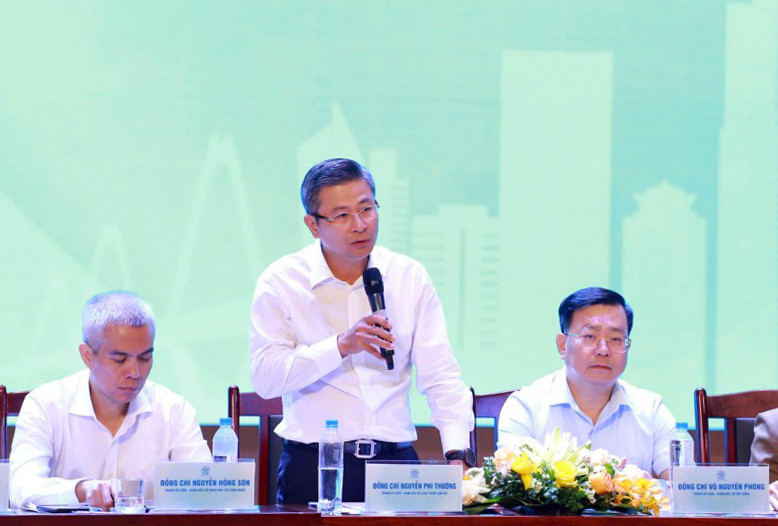
Mr. Nguyen Phi Thuong, Director of the Department of Transport, was assigned by Chairman of the Hanoi People's Committee Tran Sy Thanh to clarify the above issue. Mr. Thuong said that the city is developing so traffic congestion is an existing problem.
According to Mr. Thuong, there are currently about 8 million vehicles in the city, including about 1.2 million cars. The growth rate of personal vehicles in the city is 4-5% per year, with cars alone increasing by 10%, but the growth rate of traffic infrastructure is only about 0.28% per year.
“After a lot of effort in infrastructure investment, the land ratio for traffic in Hanoi has only reached over 12%. Thus, it is still far behind the capital's traffic planning of 16-20%. This leads to traffic volume on the roads exceeding the design threshold,” said Mr. Thuong, adding that there are currently 33 traffic jams in the city.
50 billion USD needed for 14 metro lines
Mr. Thuong shares the same opinion with the Thanh Xuan Bac Ward Youth Union officials that the most fundamental solution at present is to invest in a new urban railway system that can solve traffic congestion.
According to Mr. Thuong, in the previous traffic planning, the city had 10 urban railway lines with a total length of 417km. Currently, the city is adjusting the traffic planning, increasing the number of urban railway lines to 14 lines, with a length of nearly 600km.
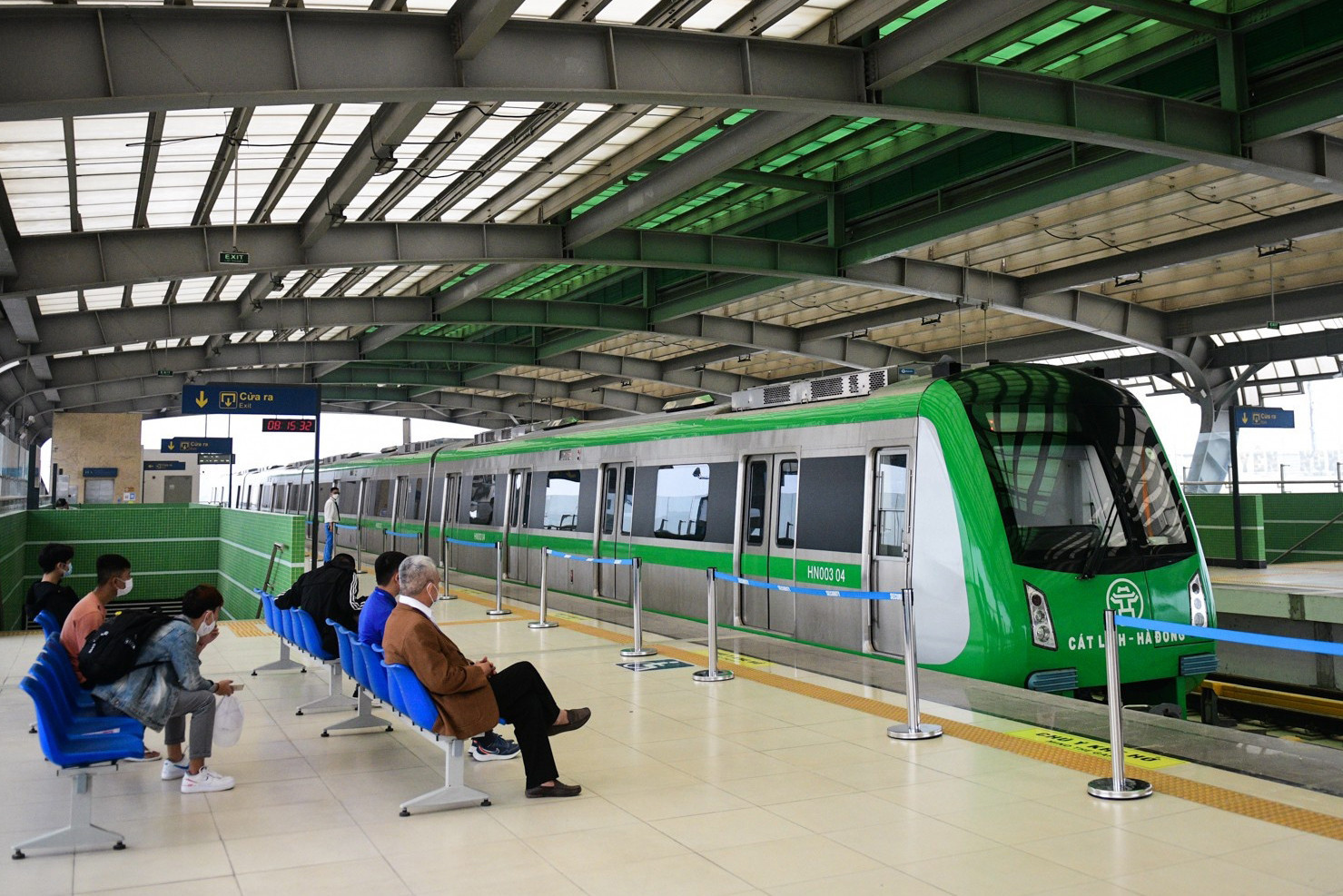
The Director of the Hanoi Department of Transport stated that it currently takes 15-20 years to build an urban railway line. With great efforts from the city, there are now two operating lines in the capital: Cat Linh - Ha Dong and Nhon - Hanoi Railway Station elevated section.
“Previously, on social networks, the Cat Linh - Ha Dong line was called the ‘lonely star’. Now this line is less lonely because of the Nhon - Hanoi Railway Station line,” said Mr. Thuong.
According to Mr. Thuong, building an urban railway takes a lot of time and is expensive, about 100 USD/km. Therefore, if building 417km of urban railway as previously planned, it would cost about 40 billion USD, and if building 600km as the project is currently under construction, it would cost about 50 billion USD.
“This is a huge number, not only in terms of resources but also in terms of methods and approaches. With the direction of the Central Government, the city is developing a comprehensive investment project for the urban railway network in the city,” said Mr. Thuong.
The Director of the Hanoi Department of Transport said that to fully exploit the potential, the urban railway network must be interconnected. However, within the current investment scope, the city can only build one route at a time. Therefore, the Hanoi transport sector has proposed a solution to adjust the bus network to collect passengers for the metro lines.
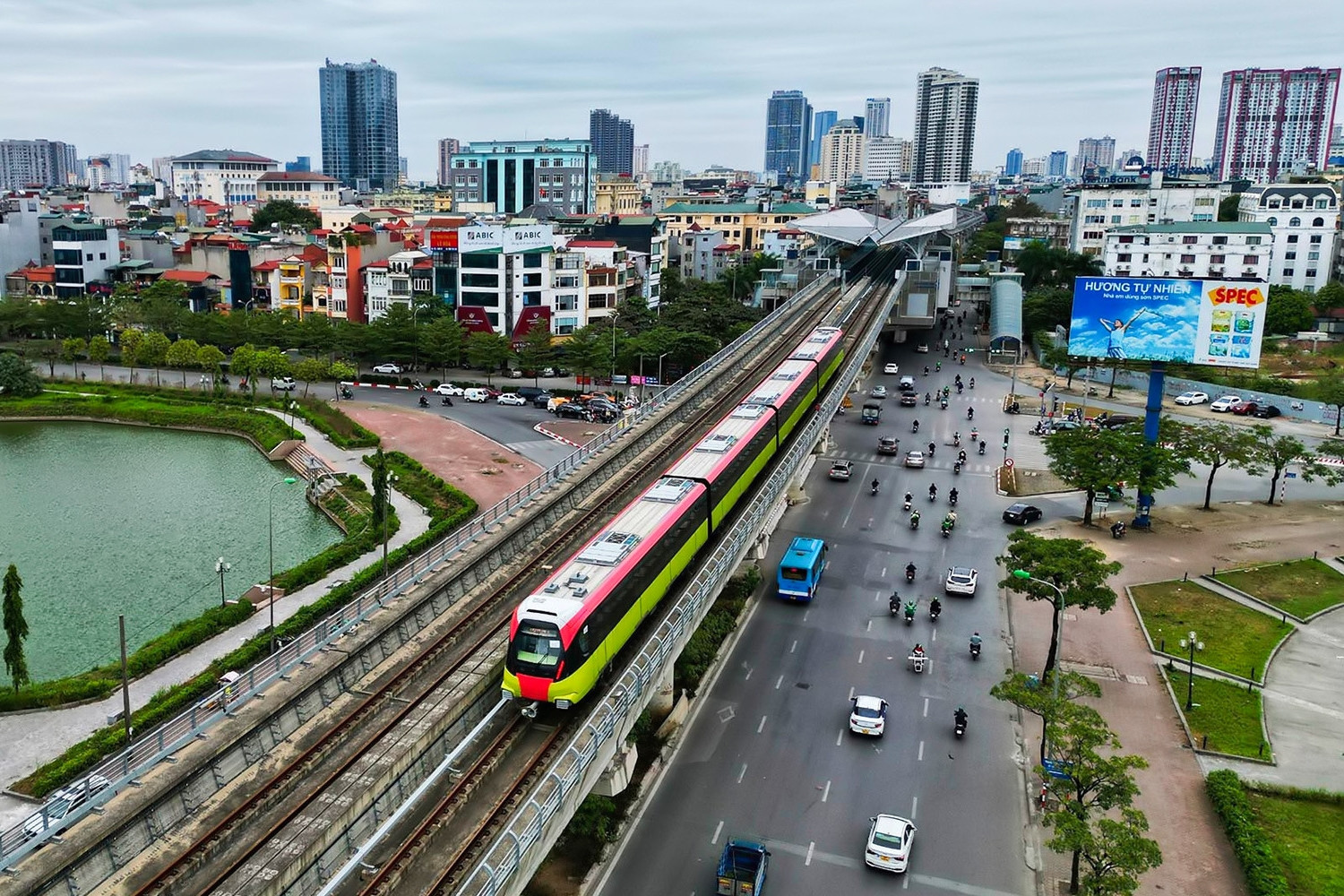
'Formula' to build 600km of metro in Hanoi
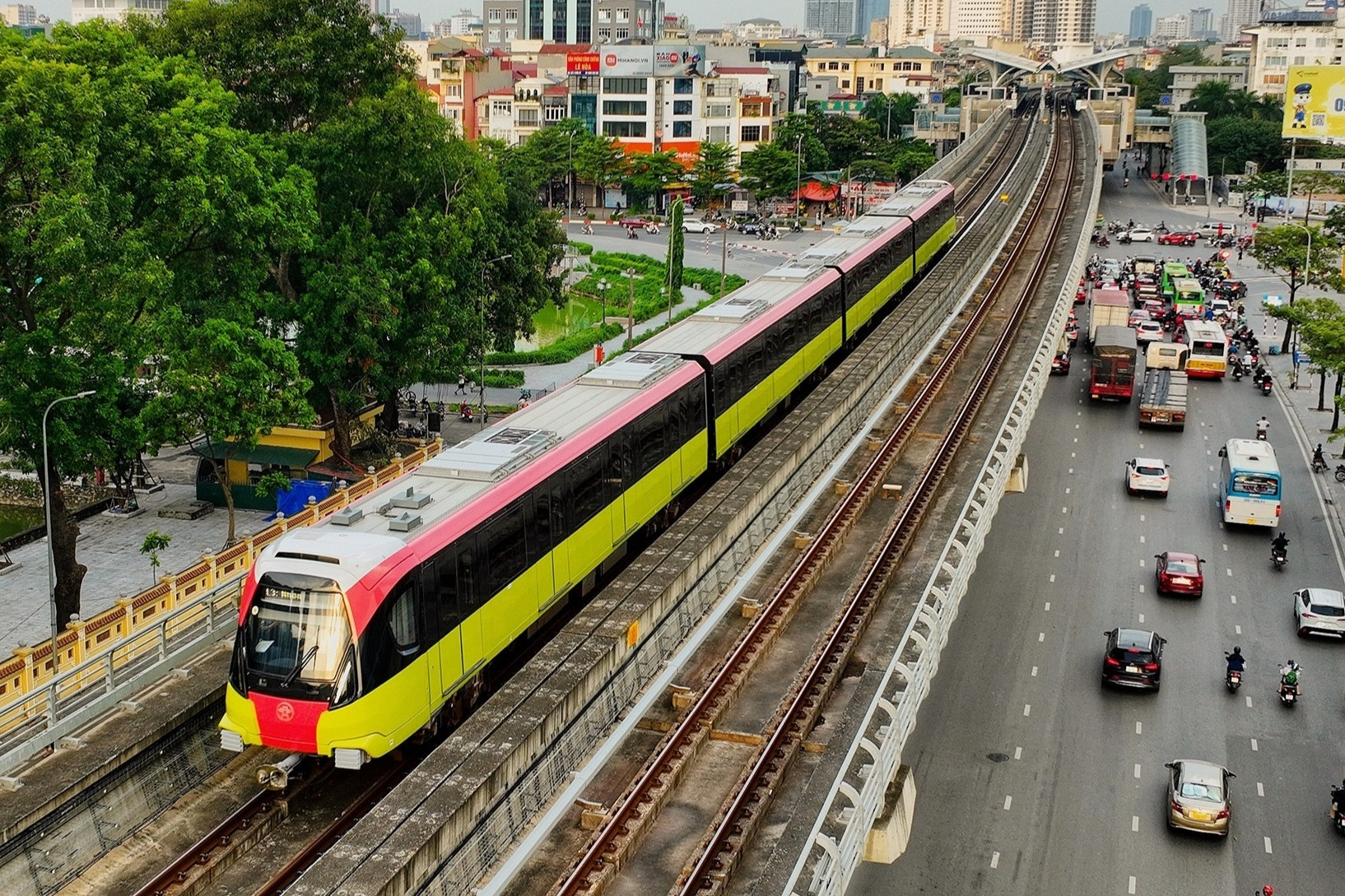
Hanoi focuses resources to start construction of 2 metro lines worth more than 76,000 billion VND
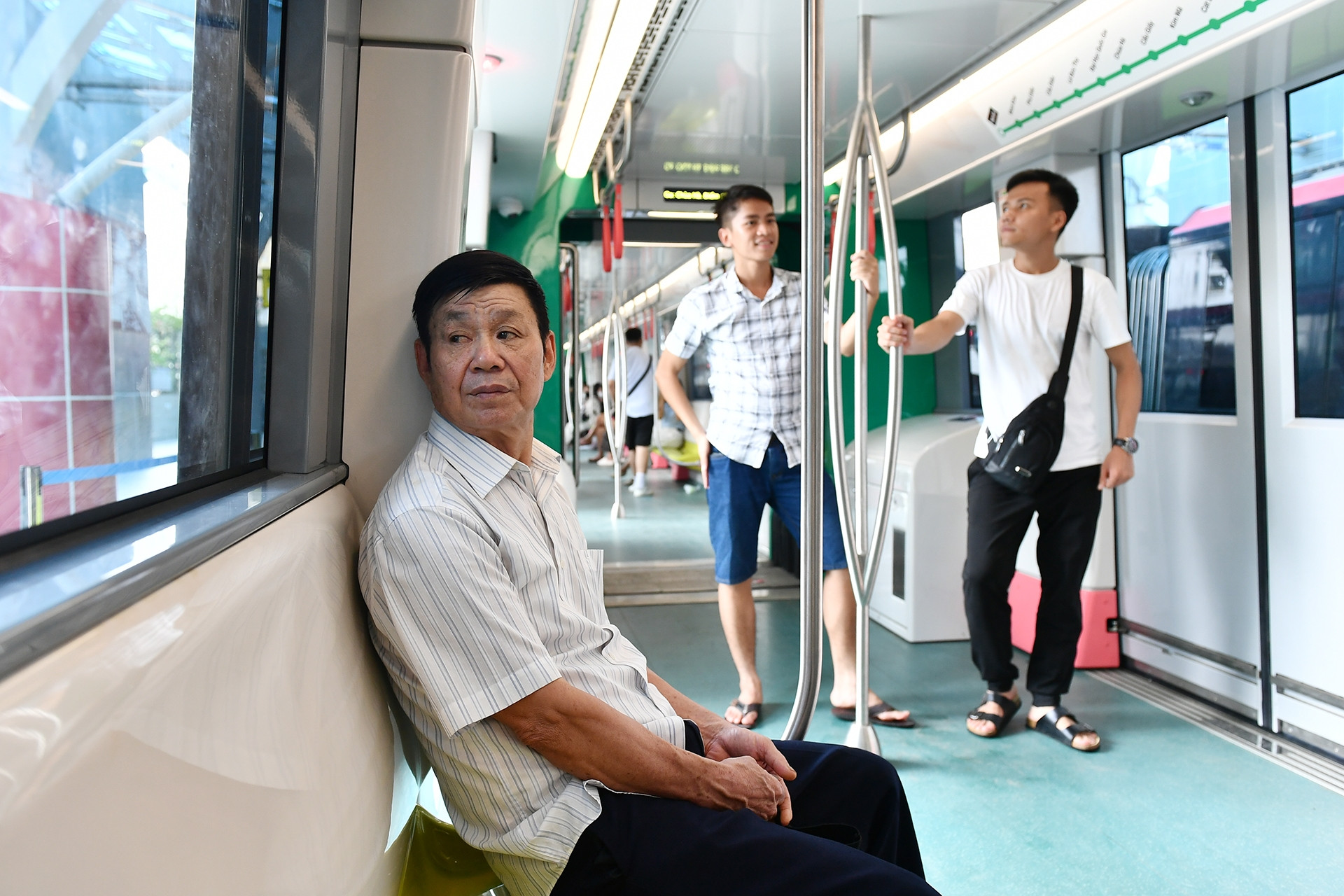
Nhon - Hanoi metro train clear on weekends
Source: https://vietnamnet.vn/metro-cat-linh-ha-dong-bot-co-don-khi-co-tuyen-nhon-ga-ha-noi-2331922.html


![[Photo] President Luong Cuong presents the decision to appoint Deputy Head of the Office of the President](https://vphoto.vietnam.vn/thumb/1200x675/vietnam/resource/IMAGE/2025/5/8/501f8ee192f3476ab9f7579c57b423ad)
![[Photo] General Secretary concludes visit to Azerbaijan, departs for visit to Russian Federation](https://vphoto.vietnam.vn/thumb/1200x675/vietnam/resource/IMAGE/2025/5/8/7a135ad280314b66917ad278ce0e26fa)

![[Photo] National Assembly Chairman Tran Thanh Man chairs the meeting of the Subcommittee on Documents of the First National Assembly Party Congress](https://vphoto.vietnam.vn/thumb/1200x675/vietnam/resource/IMAGE/2025/5/8/72b19a73d94a4affab411fd8c87f4f8d)
![[Photo] General Secretary To Lam begins official visit to Russia and attends the 80th Anniversary of Victory over Fascism](https://vphoto.vietnam.vn/thumb/1200x675/vietnam/resource/IMAGE/2025/5/8/5d2566d7f67d4a1e9b88bc677831ec9d)
![[Photo] Prime Minister Pham Minh Chinh meets with the Policy Advisory Council on Private Economic Development](https://vphoto.vietnam.vn/thumb/1200x675/vietnam/resource/IMAGE/2025/5/8/387da60b85cc489ab2aed8442fc3b14a)
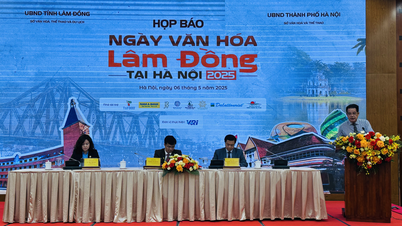

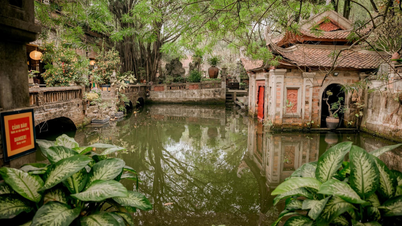







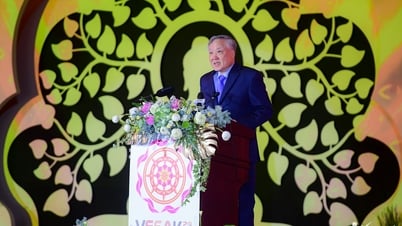


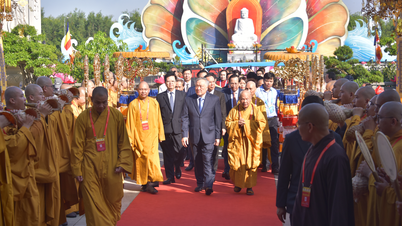

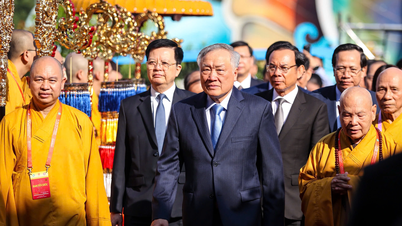






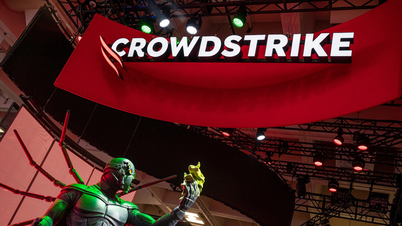
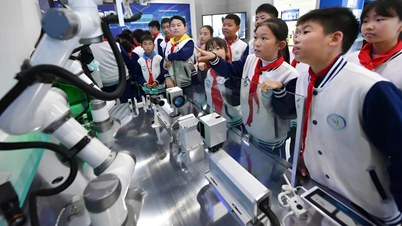

































![[Photo] Prime Minister Pham Minh Chinh talks on the phone with Singaporean Prime Minister Lawrence Wong](https://vphoto.vietnam.vn/thumb/402x226/vietnam/resource/IMAGE/2025/5/8/e2eab082d9bc4fc4a360b28fa0ab94de)


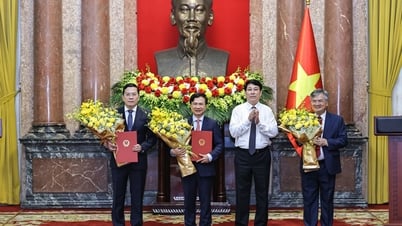






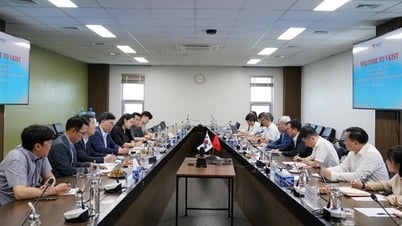
























Comment (0)